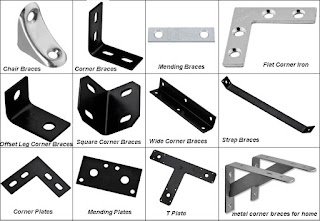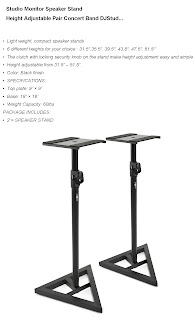Equal Angles
An Angle Iron is a flat metal rod that has been folded to a 90-degree angle along its length, resulting in an L-shaped piece. For Equal Angles the two sides of the angle are of equal length. Heavier Angle Iron is often used as a structural element in buildings and bridges, while lighter Angle Iron is used for a variety of supports such as an adjustable bed frame.
| Typical size range: |
20 x 20 – 200 x 200
3mm – 25mm Thick
6m – 13m Long
|
| Available specifications: |
EN 10025
|
| Steel grades: | S235JR, S355JR, Q235, Q345 |
| Steel Mills: |
Unequal Angles are larger and heavier than Equal Angles and predominantly used as a structural element in buildings, bridges, and so on.
find out more.
| Typical size range: |
90 x 75 – 150 x 100
3mm – 25mm Thick
6m – 13m Long
|
| Available specifications: |
EN 10025
|
| Steel grades: | S235JR, S355JR, Q235, Q345 |
| Steel Mills: |





